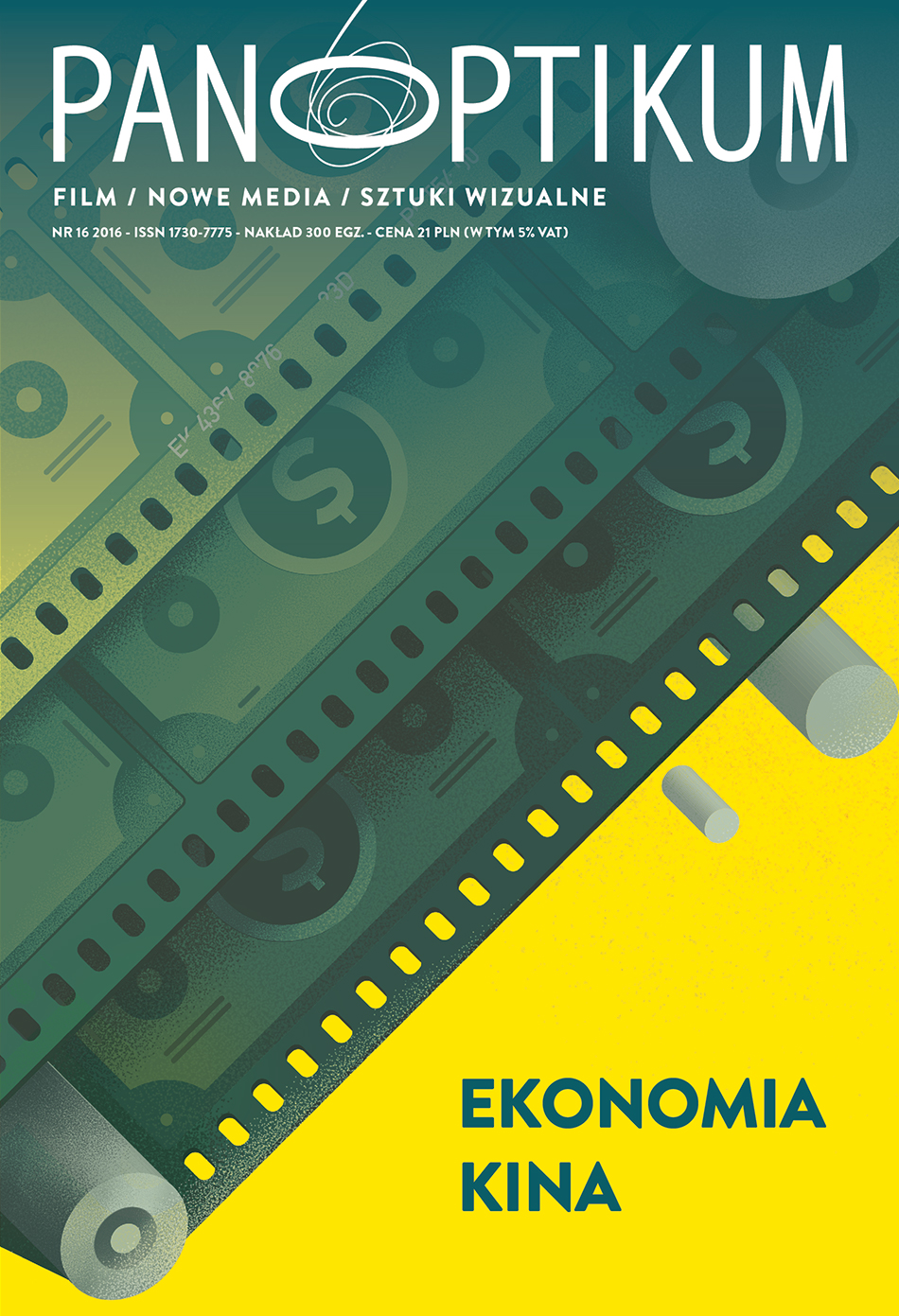Czynniki hamujące rozwój skandynawskiego horroru w XX wieku
Abstrakt
While researching the Scandinavian horror, it can be noticed that film historians compared appearance and development of the Swedish Film School to German Expressionism. Although sharing many elements, the Scandinavian filmmakers from that era seem to play second fiddle. The Swedish premiere of Benjamin Christensen’s Häxan in 1922 showed real problems related to horror and its reception in the conservative, at that time, Scandinavian society. The author of this paper analyses several causes that were responsible for suppression of the Scandinavian horrors development. On that ground, horror genre could not be developed for a long time because of censorship institutions, which were operating especially in Norway and Sweden. Control organs focused on narrowing down the access to violent content in motion pictures. Those limitations led to the situation in which the American horror films were illegally distributed. Furthermore, the next part of the presented paper contains a brief description of the European markets, where horror developed well. Among the suppressing factors, the author analyses demographical and economic issues that influenced the lack of development of horror cinema in Northern Europe. For years, the genre cinema was considered as the opposition to the arthouse cinema, which suddenly changed after Villmark appeared on the screen in 2003.
Downloads
Bibliografia
Andersson, P. (2009). Blue Swede Shock! The History of Swedish Horror Films. The TOPPRAFFEL! Library.
BBFC.co.uk. http://www.bbfc.co.uk/education-resources/student-guide/bbfc-history/1912-1949 (dostęp: 19.12.2016).
Billson, A. (2013), ’Whenever Scandinavian Cinema Has Five Minutes to Fill, It Burns a Witch’.“The Telegraph”, 5 czerwca.http://www.telegraph.co.uk/culture/film/10076349/Whenever-Scandinavian-cinema-has-five-minutes-to-fill-it-burns-a-witch.html (dostęp: 16.12.2016).
Bondebjerg, I., Novrup Redvall, E. (2011). A Small Region in a Global World. Patterns in Scandinavian Film and TV Culture. Kopenhaga, Scandinavian ThinkThank.
Box Office Mojo. http://www.boxofficemojo.com/intl/norway/yearly/?yr=2003&p=.htm (dostęp: 15.12.2016).
Danish Film Institute. http://www.dfi.dk/Service/English/Films-and-industry/Danish-Film-History/1896-1910.aspx (dostęp: 14.12.2016), http://www.dfi.dk/faktaomfilm/film/da/36199.aspx?id=36199 (dostęp: 14.12.2016).
Fullerton, J., Olsson, J. (1999), Nordic Explorations: Film Before 1930. Sydney, John Libbey & Aura.
Geis, G. (1954), ‘Film Censorship in Norway’. “The Quarterly of Film Radio and Television”, vol. 8, no. 3.
Hale, F. (2003). ‘Time’ for Sex in Sweden: Enhancing the Myth of the ‘Swedish Sin’ during the 1950s. “Scandinavian Studies”, vol. 75, no. 3.
Holmberg, J. (2010). Censorship in Sweden, [in:] M. Larsson, A. Marklund (ed. by.), Swedish Film: An Introduction and Reader. Lund, Nordic Academic Press.
Horak, L. (2010), Hӓxan: Witchcraft Through Ages. SilentFilm.org. http://www.silentfilm.org/archive/haxan-witchcraft-through-the-ages-1922 (dostęp: 19.12.2016).
Imdb.com. http://www.imdb.com/title/tt0013257/business (dostęp: 11.12.2016).
Iversen, G. (1998). Norway [in:] G. Iversen, T. Soila, A. Söderbergh Widding (ed. by.), Nordic National Cinemas. Londyn i Nowy Jork: Routledge.
Iversen, G. (2005). ‘Cutting Bordello Scenes and Dances: Local Regulation and Film Censorship in Norway Before 1913’. “Film History: An International Journal”, vol.17, no.1.
Iversen, G. (2016). Between Art and Genre: New Nordic Horror Cinema [in:] M. Hjort, U. Lindqvist (ed. by.), A Companion to Nordic Cinema. Chichester: John Wiley & Sons, Inc.
Kawin, B. (2012). Horror and the Horror Film. Londyn i Nowy Jork: Anthem Press.
Paasonen, S. (2015). Smutty Swedes: Sex films, pornography and “good sex” [in:] D. Kerr, D. Peberdy (ed. by.), Tainted Love: Screening Sexual Perversities. Londyn: I.B. Tauris.
Robinson, E. (2013). Witches and the Scandinavian Horror Film, “The Australia Times. Film”, vol. 1, no. 3.
Shone, T. (2004), Blockbuster. Londyn: Simon and Schuster UK.
SilentFilm.org. http://www.silentfilm.org/haxan-witchcraft-through-the-ages-1922 (dostęp: 12.12.2016).
Stevenson, J. (2006). Witchcraft Through Ages. The story of Hӓxan, The World’s Strangest Film, and The Man who Made It. Farleigh: FAB Press.
Sundholm, J., Thorsen, I., Andersson, L.G., Hedling, O., Iversen, G., Møller B.T. (2012), Historical Dictionary of Scandinavian Cinema. Lanham: Toronto, Plymouth: The Scarecrow Press, Inc.
Towlson J. (2014). Subversive Horror Cinema. Countercultural Messages of Films from Frankenstein to the Present. Jefferson: McFarland & Company, Inc. Publishers.
Umland R., Umland S. (2005). Burn, Witch, Burn: A First Look on Scandinavian Horror Film, [in:] S. Schneider, T. Williams (ed. by.), Horror International. Detroit: Wayne State University Press.
Worldometers.info. http://www.worldometers.info/world-population/population-by-country/ (dostęp: 15.12.2016).

 Uniwersyteckie Czasopisma Naukowe
Uniwersyteckie Czasopisma Naukowe





